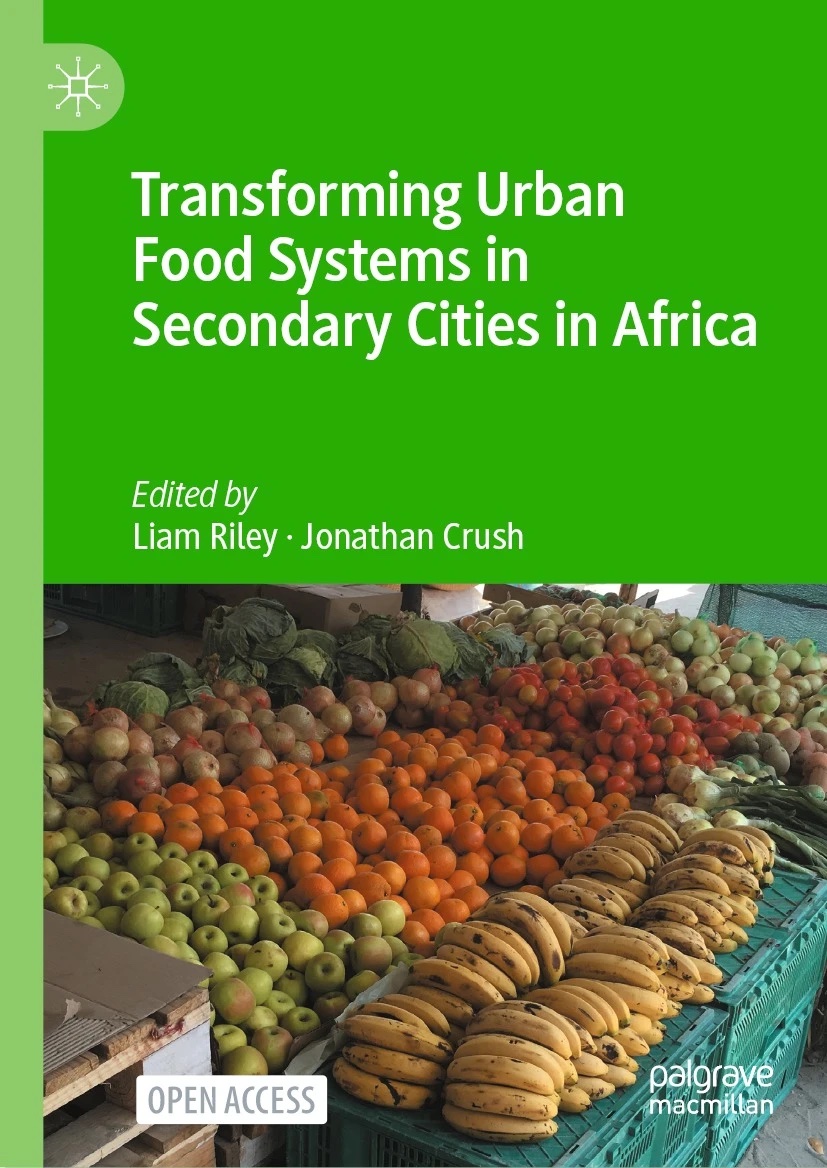Ndeyapo Nickanor, Lawrence Kazembe, Jonathan Crush • The urbanizing world population has seen increased food insecurity in urban spaces, a result of unsustainable food systems, growing inequalities and weak urban governance that lacks urban food strategies. To improve our knowledge of household strategies employed to survive in urban spaces, we conducted a household survey to examine the relationship between coping strategies, food insecurity and dietary diversity in the secondary cities corridor of Oshakati-Ongwediva-Ondangwa (OOO) in Northern Namibia. The data were collected from 853 households, using a cluster-stratified sampling design. Household food insecurity in the corridor was 77%, while the mean dietary diversity was less than 5. These measures differed by coping strategy and food sourcing mechanism. The most common coping strategy was to rely on less preferred and less expensive foods (67%). Rural–urban food transfers were another common strategy (55%), while some households grow some of their own food in rural areas (23%). Urban agriculture is very limited as are informal social protection strategies such as sharing meals, borrowing from neighbours and providing food to neighbours or other households in the community.
BOOK
Transforming Food Systems in Secondary Cities in Africa
November 3, 2022
CITATION
Nickanor, N., Kazembe, L., and Crush, J. (2023). Food Insecurity, Food Sourcing and Food Coping Strategies in the OOO Urban Corridor, Namibia. In L. Riley and J. Crush (Eds.), Transforming Food Systems in Secondary Cities in Africa (London: Palgrave Macmillan), pp. 169-190.

Featured City
Windhoek, Namibia
Featured Country
Namibia
